What is CMRT?
Chiropractic Manipulative Reflex Technique (CMRT) is used by our chiropractors as part of Sacro Occipital Technique (SOT) adjusting protocol.
CMRT is a system of organ function analysis and treatment as it relates to the spine and the occipital tendon insertions. It is an effective approach to dealing with the viscero-somatic reflexes that are present in so many people; and are consequently a common cause of chronic subluxation. It allows for us to take a whole person approach to your health.
Your Mosman chiropractors Karli, Sandy and Lucy will use the technique protocol to assess which segment (T1-L5) needs to be corrected, and by working through reflex receptors in the abdomen and pre and post ganglionic reflexes a correction protocol will be followed. The approach is gentle but specific.
You may notice symptoms such as:
Flushing
Blanching
Sighting
Emotional release
Slower breathing
And these are a normal reaction and means we have created CHANGE!
Spinal Segment associations:
T1 refers to Coronary Syndrome and you could be feeling pain in many areas or notice symptoms such as anxiety, profuse perspiration and nausea
T2 refers to Myocardial Syndrome and can present as pain in the left thenar and symptoms such as lumbar pain, respiratory problems, fatigue and swollen ankles
T3 refers to Respiratory Syndrome and is by far my most common in winter months. Pain is most commonly in the sinus and this can also be associated with pneumonia
T4 refers to the Gall Bladder Syndrome and can be associated with right sided upper body pain
T5 refers to the Gastric System and can be associated with upper abdominal pain and associated with foods either before or after eating
T6 refers to the Pancreatic System and could be indicated if someone doesn't enjoy laying with their legs flat out
T7 refers to the Splenic Syndrome and is associated with lymphatic and immune and one may notice they have swollen lymph nodes around the groin or underarms
T8 refers to the Liver Syndrome and is associated with detoxification or lack ofT9 refers to the Adrenal Syndrome and is another common one, which has show up if someone is highly stressed or run down
T10 refers to the Intestinal Syndrome and a symptom of this could be weight problems
T11& T12 refers to the Kidney and can be associated with middle to lower back pain
L1 refers to the Ilio-cecal Syndrome and can be associated with right sided frozen shoulder and its relationship to the gut
L2 refers to the Appendix Syndrome and can be associated with frontal and suboccipital headaches
L3 refers to the Glandular Syndrome and can be associated with thyroid issues, joint pain and muscle weakness
L4 refers to the Colon Syndrome and this one can be associated with parietal and occipital headaches, along with lower back pain and bowel changes
L5 refers to the Prostate or Uterine Syndrome and can help with changes to urination in males and females and painful periods in females.
Changes you might find post CMRT adjusting include:
Reduced neuro-lymphatic congestion
Increased cerebrospinal fluid flow
Promotes lymphatic drainage
Removes nerve stasis
Improves circulation
Stimulates normal visceral activity
Every person is unique and thus no two people will respond the same. Chiropractic is an art and a science with the goal of removing nerve interference so your body can function at it’s optimum: working from the above down, inside out approach.
For more information on SOT see our blog here, alternatively jump onto the SOT association website here.
Got Questions? Get in touch! Admin@NomadChiropractic.com.au
NOMAD CHIROPRACTIC IN MOSMAN NSW HAS A PREGNANCY AND PAEDIATRIC FOCUS.
Book in online with your Mosman Chiropractors Lucy Bartlett, Kristin Webb and Sandy Ghobrial at www.nomadchiropractic.com.au
Located at: Suite 1, 563 Military Road Mosman NSW 2088 (rear entry)
www.nomadchiropractic.com.au
Stay in touch on Instagram or Facebook


